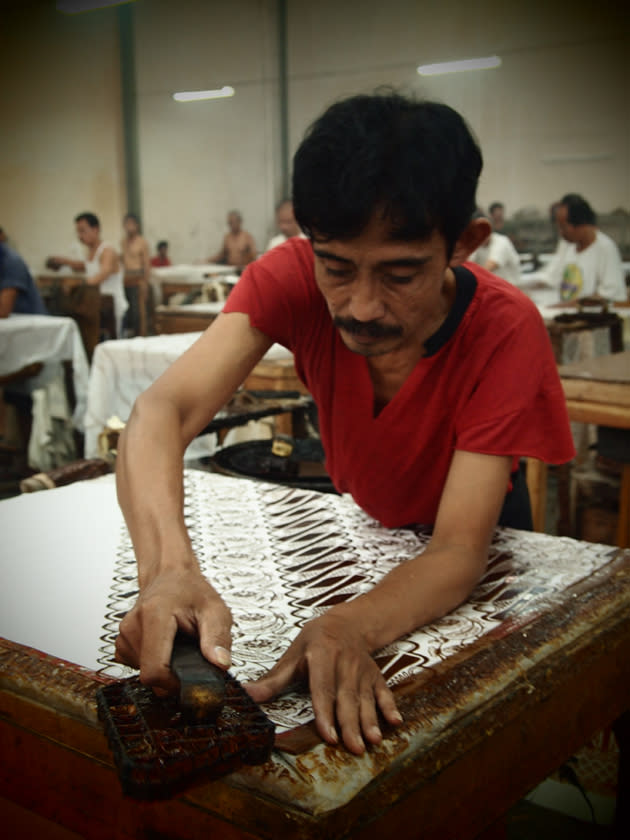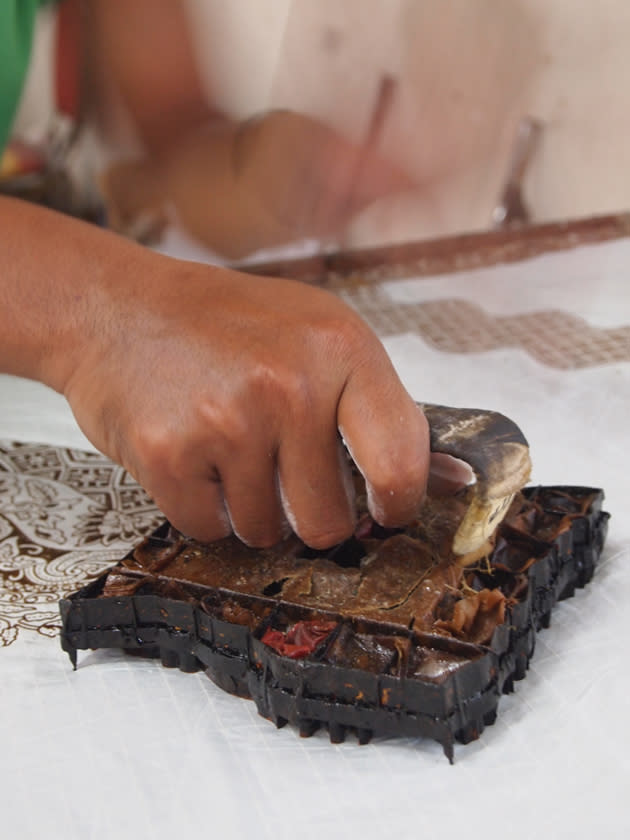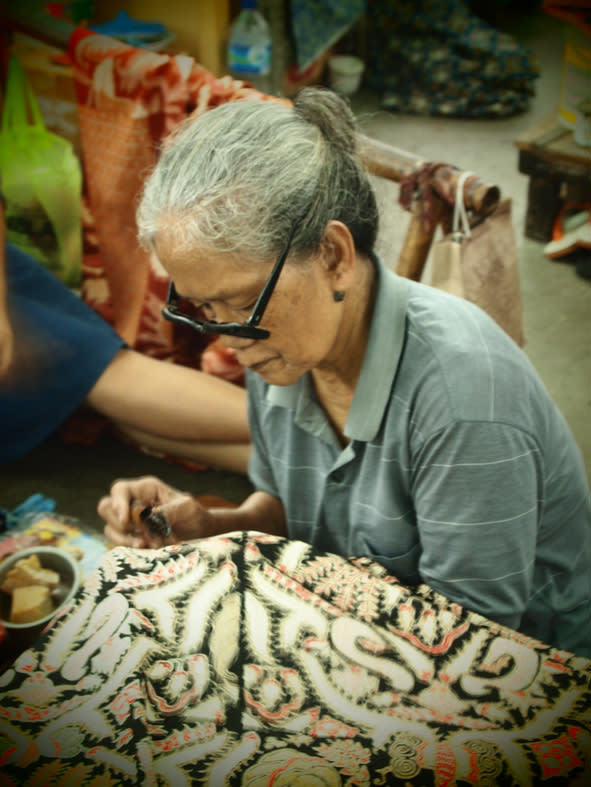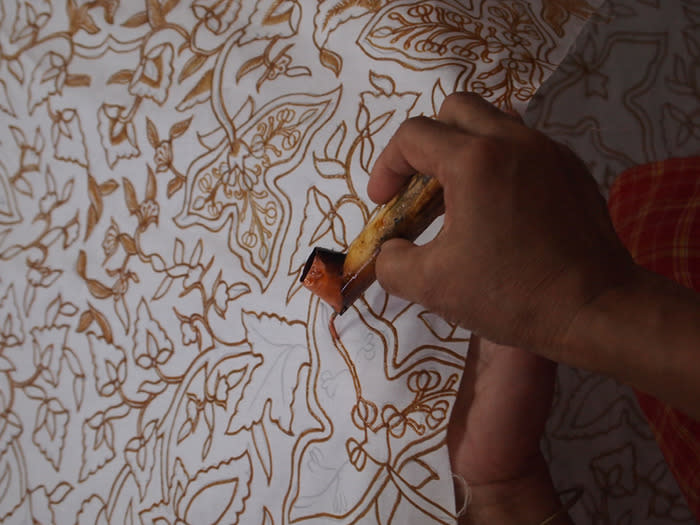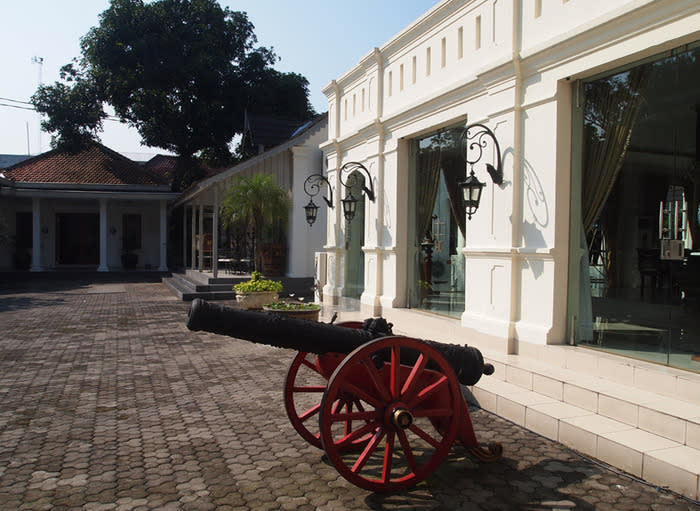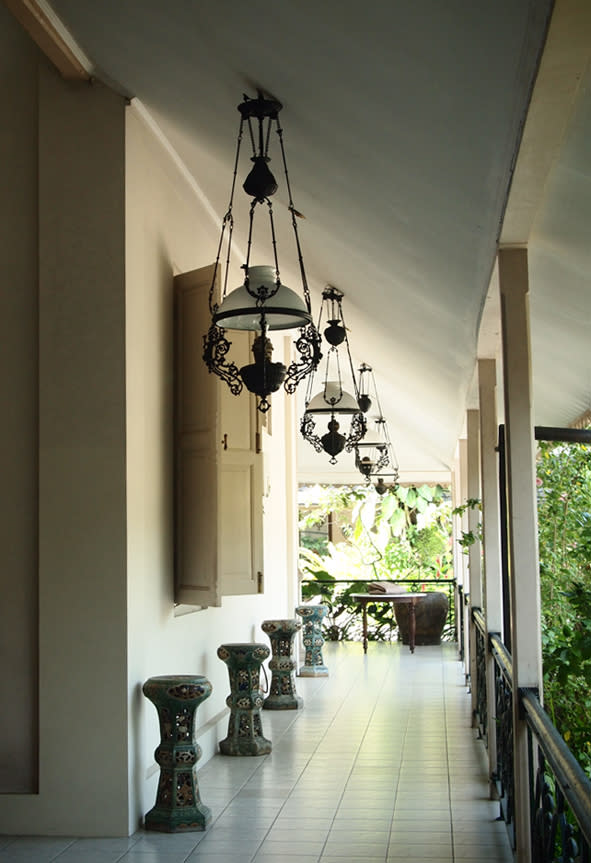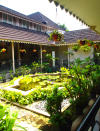House of Danar Hadi – Visiting the Batik dynasty
In Central Java, Surakarta’s rich Javanese culture is manifested, among other ways, in the city being the center of the Batik industry. One of its most recognized batik makers nationwide is Danar Hadi
Danar Hadi is a batik brand created by H. Santosa Doellah, an artist by trade, in 1967. This brand is considered one of the best in the Indonesian batik industry in regard to its quality and variety.
Fueled by his love of batik, Santosa established the Danar Hadi Batik museum in October 2002. It was officially opened by Megawati Soekarnoputri, Indonesia’s former president and daughter of the first president Soekarno.
The museum houses more than 600 original batiks stored in 11 different rooms, according to the style and the time period. It provides friendly guides who speak fluent English and who are generous with information.
My guide led me to each room explaining the history, design influences and the meaning of the batik motifs. The collections date back to the 15th century and some of them were created to be worn for special events in the royal palaces such as coronations, weddings and funerals.
The ways in which these antique batik collections are taken care of are interesting as well. Various fresh flowers such as roses, jasmines, frangipanis and tuberoses in small clay pots are placed under the batik garments, emitting wonderful scents.
During the night, all the antique batik fabrics are covered by a type of white cloth called mori fabric while in the daytime; those fabrics will be placed safely in an antique cupboard.
During the approximately 1.5 hours-long tour, I was introduced to various batik collections including Batik Belanda (Dutch Batik), Batik Cina (Chinese Batik), Batik Keraton (Javanese Palaces Batik both from Keraton Surakarta and Yogyakarta), Batik 3 Negeri (three countries Batik), Batik Pekalongan, Madura, Pesisir, Batik Jawa Hokokai, whose patterns are influenced by Japanese patterns and contemporary Batik.
My friendly guide told me that he was delighted to see local people so interested in the batik history, because usually most local tourists prefer to go straight to the Danar Hadi showroom next door for shopping.
On the other side of the spectrum, he recalled one Japanese tourist being so intrigued so as to draw many sketches of the interior of the museum to take home, because it is not allowed to take any photographs there.
In this museum complex, we are introduced not only to the batik collections but also the batik making process itself. I was directed to the back of the museum, where the Danar Hadi batik production processes are open to visitors.
I was able to see the whole batik making process that sets it apart from other fabrics, starting from pattern tracing, applying of wax dyeing and so on. The women work patiently using the pen-like canting tool to apply the wax to the fabric l, while men work using heavier tools such as copper stamps.
I took a stroll inside the factory and had a little chat with several of the batik artisans there.They asked me to move closer so that I could see their working methods better and to touch the canting. Several elderly women, whose eyes were apparently still as sharp as an eagle, smiled as they operated the canting with impressive speed and precision.
At the end of the journey, we went to the connected shopping gallery selling various batik products and souvenirs.
The museum complex also houses a beautiful restaurant.
House of Danar Hadi
Jl. Slamet Riyadi No. 261
Surakarta
Museum Batik Danar Hadi
Opening Hours: everyday, 09:00 a.m. to 04:00 p.m.
Closed: New Year’s day, August 17 (Independence Day) and Islamic Holidays
Showroom
Opening Hours: Everyday 09:00 a.m. to 09:00 p.m.
Read also:


